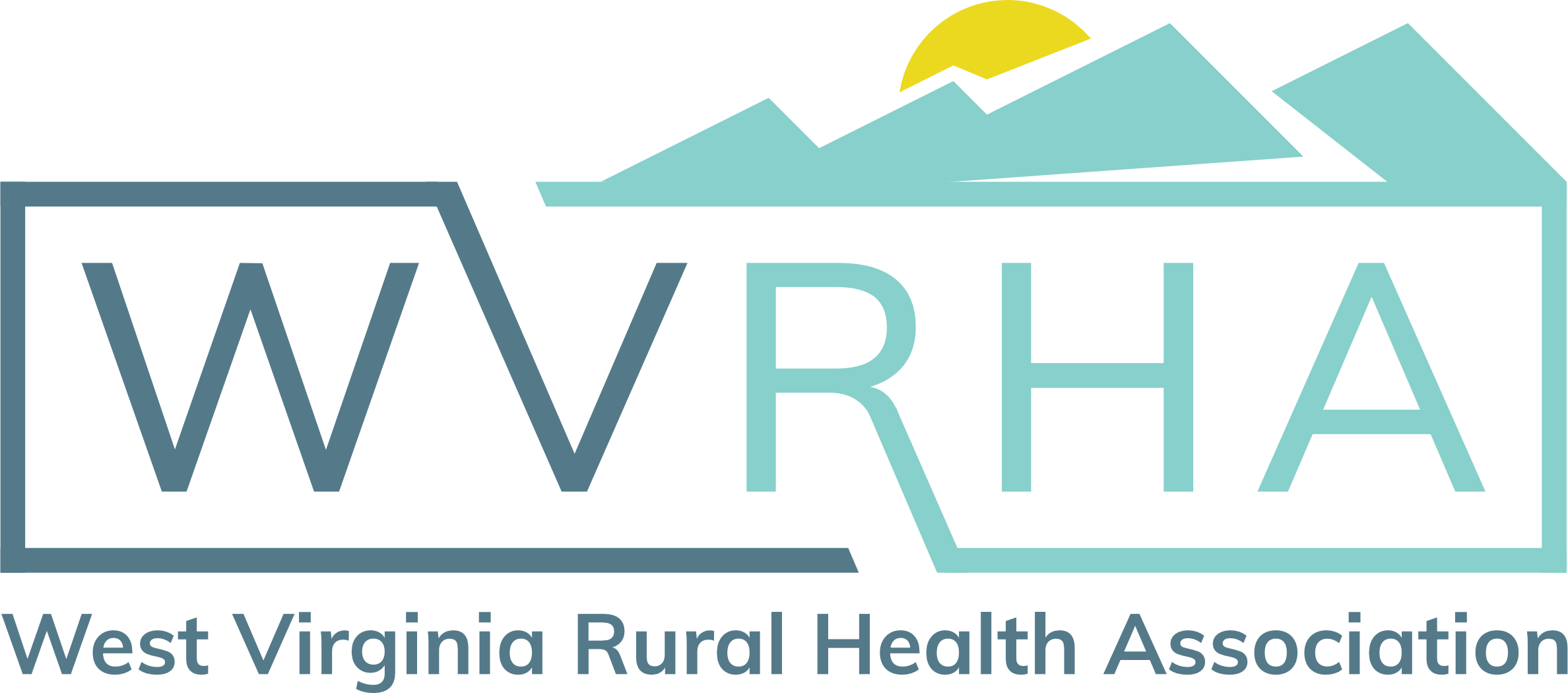
Medicaid is an Investment in Our State’s Future: Cutting Programs Stifles the ROI for Taxpayers
Medicaid is an Investment in Our State’s Future: Cutting Programs Stifles the ROI for Taxpayers

Medicaid is the backbone of West Virginia’s healthcare infrastructure, with rural hospitals and providers relying on Medicaid reimbursements to stay afloat. Research shows that expanding eligibility for Medicaid reduces uncompensated care, increases hospital operating margins, and keeps hospitals open. Over half of our state’s children and nearly a third of our state’s adults are insured through Medicaid, a program that relies on a partnership between the state and federal governments. Medicaid is funded through a match system; that means that for every taxpayer dollar the state spends on Medicaid, the federal government provides matching funds of almost three dollars. And in states, like WV, that have expanded eligibility, the federal government provides nine dollars for every WV taxpayer dollar. As a result, Medicaid is not only a budget expenditure but a terrific revenue source. Any reduction of state dollars would have an exponential reduction in federal Medicaid funding.
States are required to cover specific services through their Medicaid programs but can also offer optional expanded services. West Virginia has taken advantage of the program’s flexibility to address our state’s unique needs, by using Medicaid and its generous federal match to fund substance use disorder treatment and dental care for low-income adults. Other services that folks might be surprised to learn are optional in Medicaid include coverage for prescription drugs, physical therapy, and hospice.
Despite serving so many West Virginians, Medicaid officials have testified in recent legislative budget hearings that they have not requested a funding increase in a decade. In fact, increased federal funding related to the pandemic allowed lawmakers to reduce their general revenue budget allocations to Medicaid. In recent years, lawmakers also used the Medicaid Trust Fund to balance other (non-Medicaid) parts of the budget. These withdrawals accelerated a long-anticipated funding shortfall. The Medicaid Trust Fund was established as a mechanism to hold surplus taxpayer dollars “in trust” as a reserve fund to be tapped into if future funding needs arise but does not have the same protections as other funds like the Rainy-Day Fund. The Rainy-Day Fund has statutory protections requiring that dollars withdrawn are repaid, no repayment is required for withdrawals from the Medicaid Trust Fund. Now that pandemic-era federal funding has expired, Medicaid officials project a need of an additional $114 million to fully fund its current services and pull down the largest possible federal match.
There are many ideas floating around for how to address this budget shortfall. In a presentation to the WV Legislature Joint Committee on Government and Finance in December 2023, Medicaid Commissioner Cindy Beane proffered a few painful potential fixes for the funding gap that might have to be considered if lawmakers do not allocate the $114 million needed to maintain current services. At the top of the list were provider reimbursement cuts or freezes and elimination of the optional services that provide a high return on investment. These options are, frankly, untenable at best and catastrophic at worst. Healthcare organizations, like our hospitals and clinics, are lucky to break even on current reimbursements. We strongly urge our policymakers to avoid cuts to reimbursement that would negatively impact the healthcare providers in our state. States which cut provider reimbursements as a cost containment measure see a higher rate of hospital closures, decreasing already limited access to care.
Here are the facts, Medicaid does not have a spending problem. Analysis of the data from the State Budget Office and the Legislature’s Joint Committee on Government and Finance shows that West Virginia’s investment in Medicaid through the state budget has decreased approximately $100 million since 2018. Additionally, data indicates that the projected Medicaid spending over the next 6 years is significantly lower than average medical inflation. Finally, WVU’s Bureau of Business and Economic Research published a report in 2018 that modeled what would happen if there was a reduction in state funding for Medicaid. The results on jobs and our economy were staggering. Using their methodology, if we cut $100 million from our state Medicaid budget, our state would see our gross domestic product decrease by $490 million, we would lose 5,200 jobs, and experience a loss of $221 million in employee compensation resulting in an $18 million reduction in tax revenue due to the loss of federal matching funds.
Our state should not put the health of our citizens or the viability of our hospitals and providers in jeopardy by underfunding or cutting programs that help hardworking West Virginia families lead healthier lives. Reducing provider reimbursement payments and eliminating payment for services, like substance use disorder treatment, will have a lasting negative impact on our state’s economy and our people’s future. Our state cannot afford for our legislators to reduce Medicaid spending, it is plain and simple. Our lawmakers need to fully fund Medicaid without cuts or harmful strings attached.
Rich Sutphin, MPH is the Executive Director of the West Virginia Rural Health Association.

